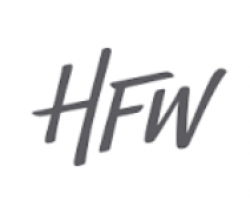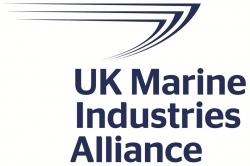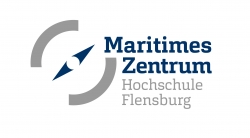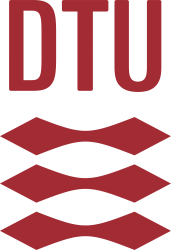Conference Program
Day 3: Thursday, June 26
Legal and liability panel
Panel Discussion
Associate professor
Erasmus School of Law (ESL)
Netherlands
 Eugene Goryunov
Eugene GoryunovPartner
Haynes Boone
USA
 Jonathan Goulding
Jonathan GouldingSenior associate & mariner
HFW LLP
UK
 Allison Skopec
Allison SkopecAttorney
Holland & Knight LLP
USA
James Fanshawe CBE FNI, chairman, UK MAS Regulatory Working Group, UK
Legal considerations with regard to AI
Moderator
 James Fanshawe CBE FNI
James Fanshawe CBE FNIChairman
UK MAS Regulatory Working Group
UK
The European AI act and autonomous shipping
Associate professor
Erasmus School of Law (ESL)
Netherlands
The European 'AI Act' (Regulation (EU) 2024/1689) entered into force on 1 August 2024. What is the (possible) impact of this new regulation on the development of autonomous ship systems?
AI in logistics: developments and how to navigate legal exposure
 Eugene Goryunov
Eugene GoryunovPartner
Haynes Boone
USA
From ship piloting to active and preemptive equipment monitoring and maintenance to port management, AI is the tool behind the automations that are important to optimize operations and reduce costs. Implementing AI, however, is not without unique challenges. Training AI is not always straightforward and carries cost. Once trained, implementation and supervision of the AI takes the lead. This phase can come with various cost savings but it is still far from complete automation. Because humans continue to have trust issues with AI, putting the Terminator movies aside, even when AI is permitted to operate with no or minimal supervision, legal questions remain. These include various transportation and port rules and regulations, as well as compliance with safety protocols and the inevitable legal exposure that might come from AI-triggered mistakes that lead to damage or injuries or both. This presentation will discuss the exciting developments in AI and how it can help the logistics industry navigate the possibility of legal exposure from the use of AI.
Trajectory planning
Moderator
 James Fanshawe CBE FNI
James Fanshawe CBE FNIChairman
UK MAS Regulatory Working Group
UK
Simulation results from an MPC approach to CTV docking
 Dr Fritz Thomsen
Dr Fritz ThomsenTeacher
Flensburg University of Applied Sciences
Germany
The results of a recently completed research project are presented: a model predictive control (MPC) approach is introduced to address the challenge of automated maneuvering of underactuated vessels in waves. To demonstrate the suitability of MPC, the docking of a crew transfer vessel (CTV) to a wind turbine tower is automated in a virtual environment. GPU computing is used to enable the real-time capability of the approach, which essentially consists of a 6-DoF hydrodynamic model and the Nelder-Mead method. In our approach, the trajectory of the CTV is not explicitly planned but results from the shape of the target function.
Good seamanship trajectory planner for autonomous ships
 Dr Yaqub Aris Prabowo
Dr Yaqub Aris PrabowoPostdoctoral researcher
Technical University of Denmark
Denmark
In various complex scenarios not explicitly addressed in the COLREGs, such as multivessel encounters in confined waters, navigators must depend on good seamanship to ensure safety. This presentation introduces a methodology for generating trajectories for autonomous ships that prioritizes safety over efficiency while adhering to kinodynamic constraints. Collision and grounding risks, quantified using a dynamic ship domain, are used as safety metrics. The method dynamically regenerates new trajectories to account for the unexpected movements of target vessels. The algorithm is evaluated in challenging scenarios that highlight the importance of good seamanship, demonstrating its potential to enhance autonomous ship navigation in complex environments.